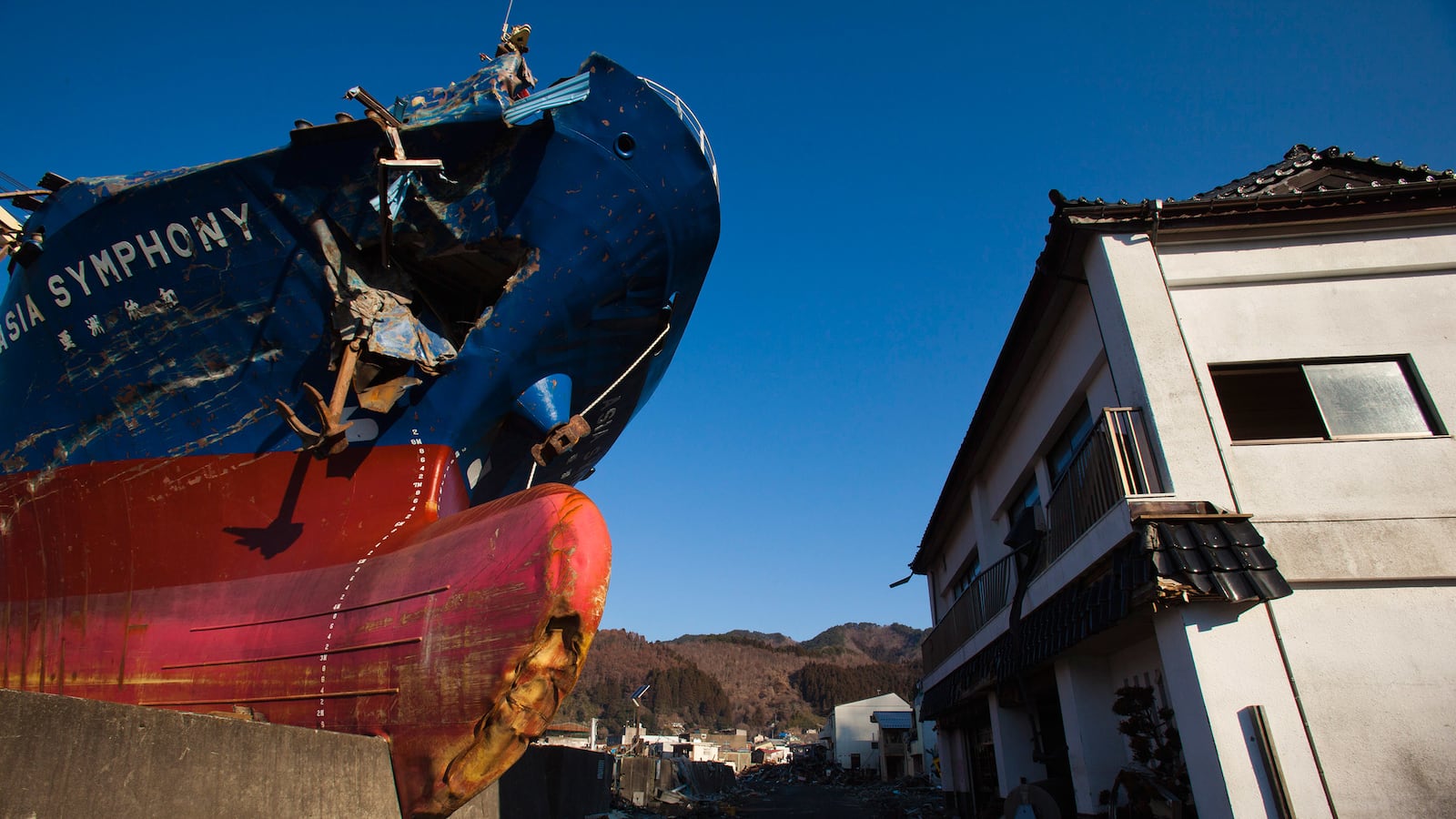Japan still stands.
Half a decade after a magnitude 9.1 earthquake rocked the country and caused a massive nuclear disaster, the country’s dozens of nuclear power plants have not fallen like dominos, nor has the country been demolished by further shocks.
And yet, the country still struggles to recover from problems that weren’t discussed in the early days of the crisis.
At the time, the main concerns were about when it would be safe to return to the area. According to a piece in the Telegraph, experts in 2011 were predicting that removing the fuel from the reactor could take 10 years. Decommissioning the site entirely could be a process over several decades. Cleanup wouldn’t even be able to get underway until March 2012, a year after the incident.
Further concerns lingered about whether Japan’s nuclear infrastructure, which included dozens of plants, could collapse in the same way from additional quakes. Investigations proved there were unheeded warnings about additional safety protocols, and the population was simultaneously focused on preventing additional disasters, and making sure that the fallout from Fukushima was mitigated and controlled.
Those reports that came from inquiries said a decade would be needed to decommission the site. Heavier, radioactive elements associated with the leaks had half-lives of 30 or more years, meaning if not cleaned up they’d make the area uninhabitable for decades.
But they were cleaned up, according to government tests. And Japan believes as many as 70 percent of the 100,000 displaced people will be able to return home next year. The area has largely been scrubbed clean, as radiation levels in many areas have been reduced to numbers lower than in most of the United States. A Forbes analysis showed that ocean water, fishing stock, and locally grown food in much of the area is radiation-free.
Is returning to the area sooner than later a good idea? You’d be inclined to worry about overlooked dangers in answering that question, and you’d be right to do so with horror stories of radiation so prevalent in the last century.
But as much as initial fears focused on catastrophe and fallout in the disaster movie sense, the worst effects on the people of Fukushima—and the longest lasting ones—are less tangible.
A report issued by the World Health Organization lays out that the major damage came from social consequences of uprooting and displacing the population. They have concerns about testing for thyroid problems among children, and about future food and water safety tests, but what’s affecting people now is the psychological fallout.
“Similar to what was observed and reported for the Chernobyl population,” WHO explains, “the displaced Fukushima population is suffering from psycho-social and mental health impact following relocation, ruptured social links of people who lost homes and employment, disconnected family ties and stigmatization.”
They noted a higher occurrence of post-traumatic stress disorder among the evacuees “as compared to the general population of Japan. Psychological problems, such as hyperactivity, emotional symptoms, and conduct disorders have been also reported among evacuated Fukushima children. While no significant adverse outcomes were observed in the pregnancy and birth survey after the disaster, a higher prevalence of postpartum depression was noted among mothers in the affected region.
Then there’s the toll on Japan’s nuclear infrastructure. Before Fukushima Japan had 50 reactors in operation across the country. Over the last five years every one of them has been shut down. A few have come back online at different times as safety standards have been improved, but as of last week just two reactors were active. And this week, courts ordered one of those to be shut down after residents in the area submitted complaints.
According to CNN, polls suggest as much as 70 percent of the public oppose increases in nuclear infrastructure—not a surprising statistic when you consider the country’s long history of nuclear fears.
Plenty of questions linger five years later. Is the cleanup going to be successful? Will radiation have lasting effects in the areas it touched? Is the government being open with the people, and can they reconcile their fears alongside the potential opportunity to return home?
We won’t know answers to these questions for years. One thing is certain though: Radiation isn’t the only unseen force that Japan must combat as it moves forward.






